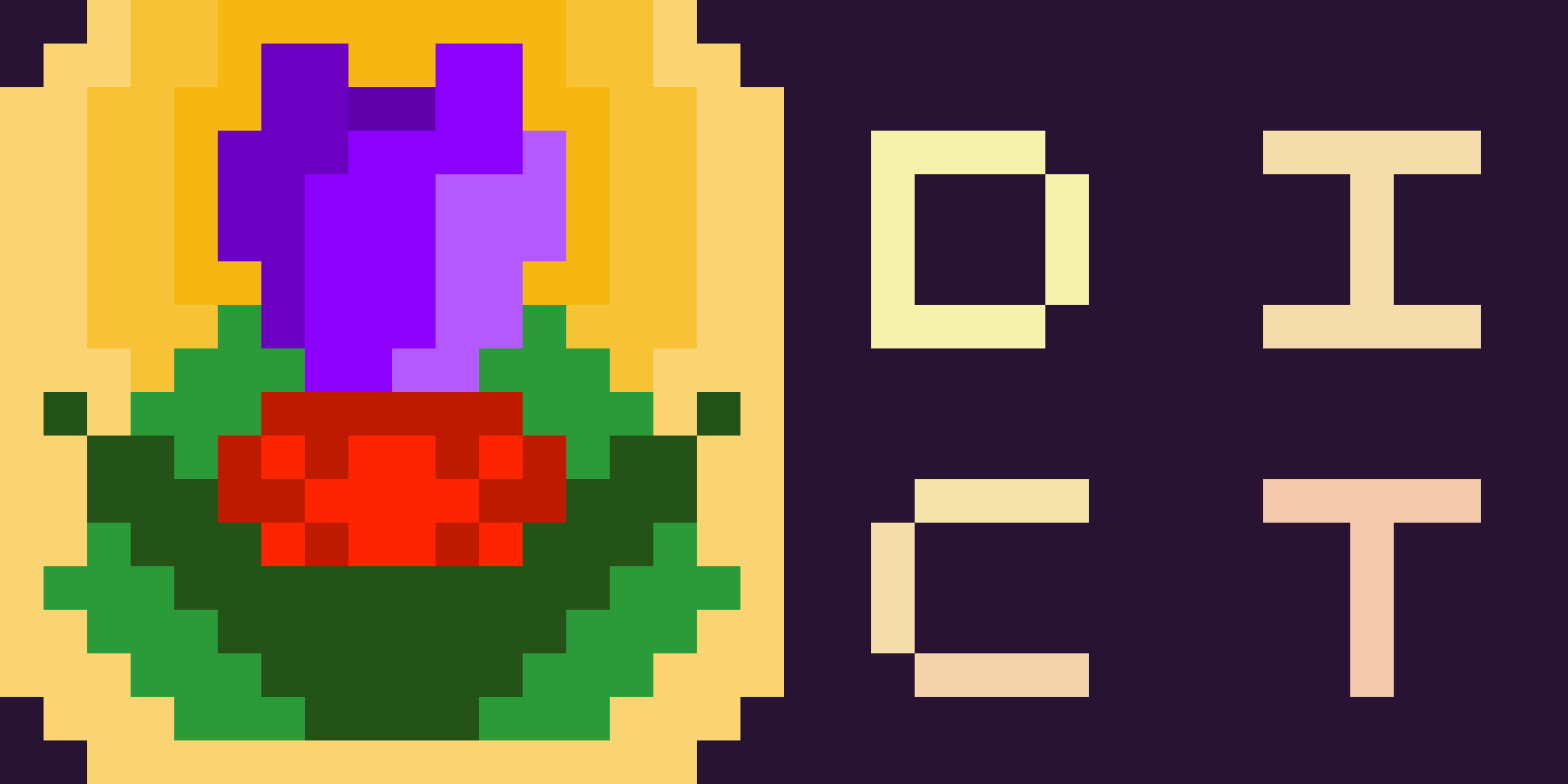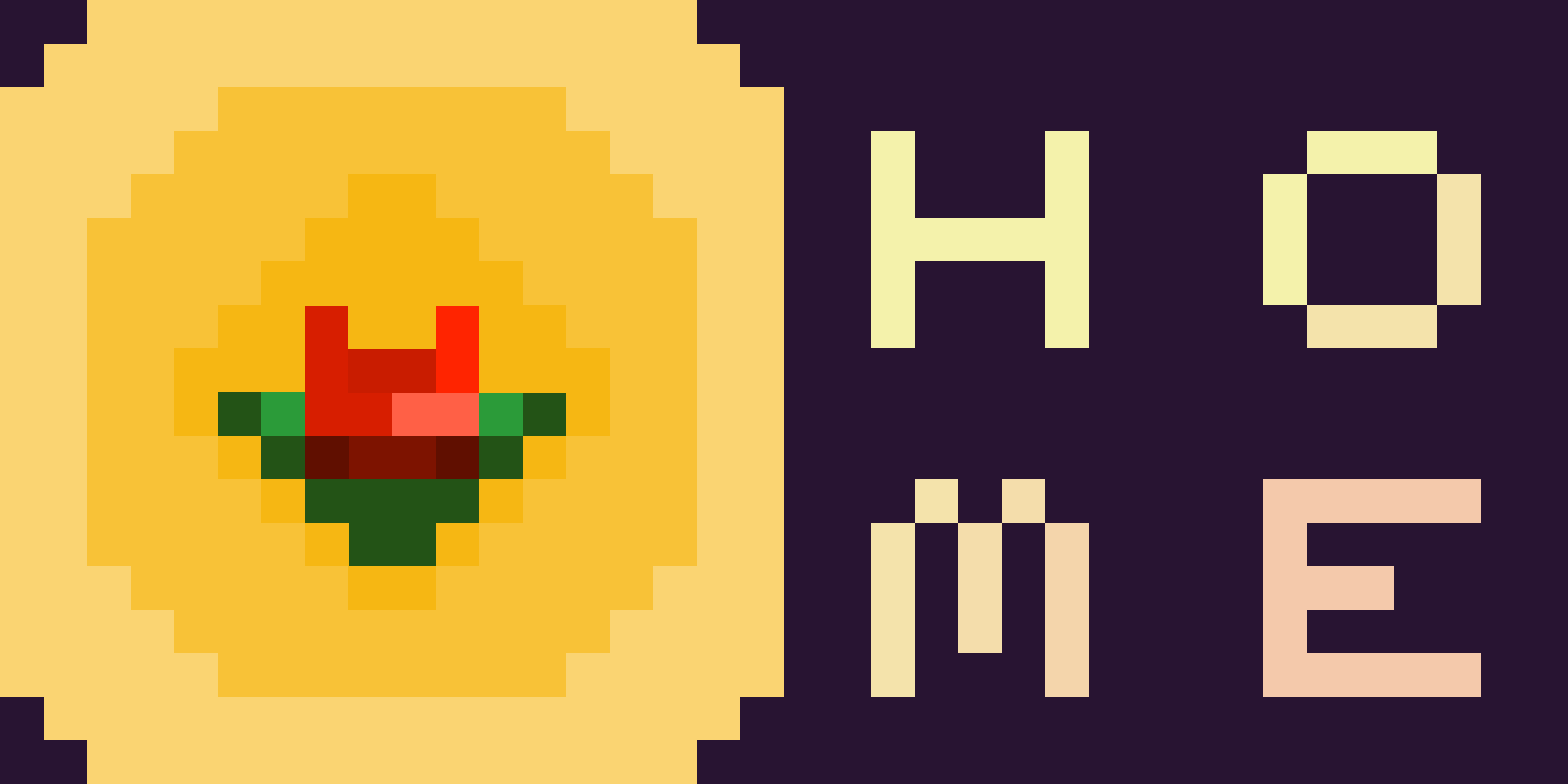Anshens
Anshens is the first of my conlangs. It has three dialects- Uhpyurih Anshens, Gajalaoih Anshens, and Shuagekih Anshens. They are virtually the same with some small vocabulary and phonological differences, but Gajalaoih Anshens, as it's the most popularly spoken form, is usually seen as the 'standard' form of the language.
Phonology & Some Spelling Notes
Anshens has a fairly simple phonology. It uses the centralized 'Anshiihsih' alphabet and its associated phonemes, only excepting [c] and [iy] as /c/ and /ɨ/ are not present in Anshens. As well, the letter [ts] is only ever used in the context of infinitive forms of verbs, and is otherwise replaced with [t] and [s] together. There are some differences from the standardized Anshiihsih script's phonology as [r] is always devoiced to /r̊/ and all alveolar plosives as well as the lateral alveolar approximate and alveolar nasal are dentalized. They become alveolar only if they come before an alveolar fricative; for example, [nsh] would be pronounced as /n̪ʃ/, but [tr] would be pronounced as /t̪͡r̊/. The only other deviations from this phonology is that the Uhpyurih dialect makes use of the letter [ah] in order to make an [ɐ] sound, and the Gajalaoih dialect doesn't distinguish between [b] and [p], pronouncing the bilabial plosive with the voice of whatever letter might come after it.
Digraphs
There aren't many digraphs of any kind in Anshens, as all letters are largely spoken as written with little change. The digraphs that are present are [tr] (in Shuagekih Anshens), [tl], and [kl], which are pronounced as /t̪͡r̊/, /t̪͡ɬ̪/ and /k͡ɬ̪/ respectively.
Emphasis Rules
Emphasis in Anshens is dictated mostly by whether a word ends in a vowel or a consonant. To illustrate this, we will use simple combinations of the letters 'a' and 't'. From this combination, one can derive several basic word structures in a cv/vc format: 'a', 'ta', 'tat', 'ata', 'tata', 'atat', 'tatat', 'atata', 'tatata', 'atatat', and 'tatatat'. These would have the following emphases (given an acute accent to mark main emphasis and a grave accent to mark secondary emphasis): 'á', 'tá', 'tát', 'áta', 'táta', 'atát', 'tatát', 'atáta', 'tatáta', 'àtatát', and 'tàtatát'
Here we see through example the principles of Anshens emphasis rules: the second-to-last vowel gains emphasis unless the word ends in a consonant. Out of the example, this rule is negated in the presence of a consonant cluster, as any vowel immediately proceeding a consonant cluster gains emphasis (if there are only consonant clusters, than the rules return); for example, the word 'stuhtog' holds emphasis on its first syllable as 'stúhtog', whereas the word 'ouam' holds its emphasis on the second syllable as 'ouám'.
There are exceptions to this rule in the vowel 'ih', as it is considered to be in a reduced form, it isn't able to gain emphasis; for example, in the word 'zabuhihsh', emphasis lies on the 'uh' despite the word ending in a consonant.
Grammar
Anshens grammar is very much a study in how one can strip bare a grammatical system to its bones. The only grammatical endings in any form of Anshens are [ih], which indicates an adjective or possessive, and [tsa], which indicates an infinitive verb.
Prepositions
In Anshens, there is technically no consistent word order. This is because of its exhaustive use of prepositions. There are thirteen (13) prepositions in Anshens that can be separated into three categories based on spelling: 'F's, 'V's, and 'Other'
| F | Approximate Definition |
|---|---|
| Fe | of, from |
| Feh | about, around |
| Fa | for, to |
| Fo | through |
| Fuh | towards |
The 'F's are the least consistent. They are used for detailing tangible things in motion (as in fuh and fo) or marking intent (as in fa and fe), but some (fa, fe, feh) have both potential definitions that change depending on context; for example, to say "To go to the store, I search for my car", one would say "Fa sih fou fa hedh ngehla, ni shashngo fa niih rag"— the first 'fa' is denoting intent, the second denotes a direction, and the third denotes direction of intent. "fa sih" literally translates to "for being", and effectively means 'in order to' as it's always followed by a gerund ('sih' indicates a gerund or present continuous tense, but in this case the verb can be translated to its english infinitive form as that fits the intended meaning the best).
| V | Approximate Definition |
|---|---|
| Ve | under |
| Veh | over |
| Va | in |
| Vo | by, near |
| Vuh | on |
The 'V's are used to detail relative location of inanimate objects.
| Other | Approximate Definition |
|---|---|
| Nuh | on, in, at |
| Son | with |
| Tuh | to |
The 'Other' section doesn't have a consistent letter to begin them with, but thankfully they do have a consistent nothing at all. 'Nuh' is used when referring to time as a leftover from an older form of Anshens that had a whole 'N' section for abstract prepositions, but they either got merged into 'nuh' or were replaced by an 'F' preposition. 'Son' means 'with' literally but it is also used to indicate an instrumental noun/direct object, while 'tuh' is used to indicate the recieving object of a sentence. For example, to say "They give candy to children", one would say "Gpi vuhj son broshne tuh chegihl", or literally "They give with candy to children", 'son' would be ignored if one was translating to english.
Pronouns & Conjugation
There is no change in verbs when conjugating in Anshens, but there is a change in pronouns. There are four tenses represented in the pronouns, but infinitive forms and the present continuous are not. There are also eight base pronouns; three in first person for the singular, plural, and exclusive plural, two in second for the singular and plural, and three in third person for the personal singular, impersonal singular, and plural.
| Present | Past | Future | Past Participle |
|---|---|---|---|
| Ni | Niz | Nil | Nid |
| Mi | Miz | Mil | Mid |
| Ui | Uiz | Uil | Uid |
| Su | Suz | Sul | Sud |
| Suihl | Suiz | Suil | Suid |
| Gpi | Gpiz | Gpil | Gpid |
| Ta | Taz | Tal | Tad |
| Ngihl | Ngiz | Ngil | Ngid |
Particles
Anshens has four particles: eh, na, ya, and sih. Eh indicates questions and comes at the end of a question, na comes after a verb to indicate an imperative form, ya comes at the end of requests (which may be questions but never have eh at the end of them), and sih comes before verbs to indicate the present continuous tense.
*Sih and na being particles is debatable and arguably not at all accurate but in this case, they change the function of a sentence or word and are only one syllable so it's close enough.
Vocabulary
There's a healthy amount of words present in the language so far in development, so below is linked a separate page containing just about all of them. (If I haven't updated it by the time you're reading this, infinitive verbs used to have 'tv' in front of their emphasized vowel, just ignore it for the time being. I also used a completely different spelling system but that's alright ig.)



